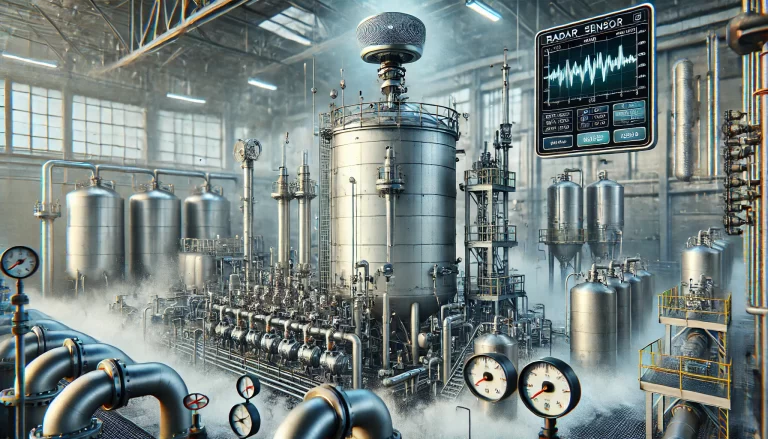Calculating the volume of a storage tank used for instrument gas in chemical plants is a crucial step for ensuring the safe and efficient operation of equipment. Accurate volume calculations not only help in meeting operational requirements but also play an important role in adhering to safety standards and optimizing costs. Here’s an in-depth look at the process for determining the volume of an instrument gas storage tank.

Step 1: Identify the Type of Gas and State Equation
The first step in calculating the volume is to identify the type of gas being stored, such as air, nitrogen, or other inert gases commonly used in chemical processes. Depending on the type of gas, an appropriate state equation should be selected. The ideal gas law, represented as:
is often used for gases that behave ideally under certain conditions. However, for real gases under high pressure or non-standard temperatures, corrections may be needed, such as using the Van der Waals equation:
where:
is the pressure inside the tank.
is the volume of the tank.
is the number of moles of the gas.
is the universal gas constant (8.314 J/mol·K).
is the absolute temperature.
and are specific constants for the gas.

Step 2: Determine Gas Demand
Next, calculate the gas demand based on the expected usage of the plant’s instrumentation system. This is typically measured in standard cubic meters per hour (SCMH) or standard cubic feet per hour (SCFH), representing the flow rate at standard conditions (0°C and 1 atm).
Step 3: Assess Working Conditions
It is essential to understand the working pressure () and temperature () of the gas within the storage tank. These conditions will directly affect the density and volume of the gas. The working temperature should be converted to Kelvin (°C + 273.15).

Step 4: Volume Calculation Using the Ideal Gas Law
For ideal conditions, the volume can be calculated using:
To find , use the formula:
Substitute into the volume equation to obtain at working conditions.
Step 5: Apply Safety Margins
To ensure that the storage tank can handle potential surges in demand or unexpected variations, apply a safety factor (typically between 1.2 and 1.5). This accounts for uncertainties in operation and ensures that the tank has sufficient buffer capacity.
Step 6: Adjust for Compressibility (Z Factor)
For gases that do not behave ideally, especially at high pressures, consider the compressibility factor . This correction modifies the ideal gas equation as follows:
The value can be found from standard compressibility charts or calculated using empirical equations.

Final Considerations
Material of Construction: Ensure the storage tank material is compatible with the type of gas and the operating pressure and temperature conditions.
Regulatory Compliance: Verify that the design and calculations comply with industry standards such as ASME (American Society of Mechanical Engineers) or GB/T (Chinese National Standards).
Inspections and Maintenance: Regular checks should be conducted to ensure the tank’s integrity and performance over time.

By carefully considering these factors and following a structured approach, you can accurately calculate the required volume of an instrument gas storage tank, contributing to the safe and efficient operation of chemical plant processes.
